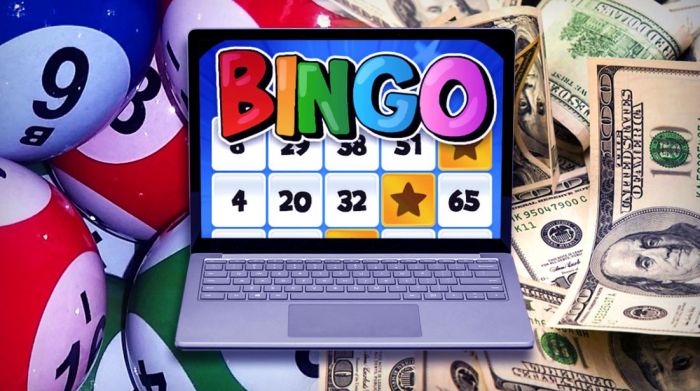Tips & Tricks
4 min read
The Evolution Of Bingo In The UK


Whether you’ve enjoyed a few rounds in your local hall or played some games online at home, you might be curious about where bingo started. How has it grown to become what it is today?
What began as a simple pastime has developed into a beloved British staple. Let’s take a look at how bingo has evolved in the UK and where it might go next.

The roots of bingo and its strategies stretch back to the 16th century, when a precursor became popular in Italy before spreading across Europe. It made its way to the British Isles in the centuries that followed, where it was eventually embraced as a fun and easy-to-learn activity.
The modern version we know today took shape in the mid-20th century and began to be played in halls across the country. It didn’t take long for people to gather in large numbers and enjoy the social aspect as much as the thrill of the game.
As the game’s popularity soared, regulations followed. The Gaming Act of 1960 marked a major milestone by introducing licensing, oversight, and fairness standards for bingo operations. This gave legitimacy to bingo halls, which flourished during the 1960s and 1970s.
However, by the 1980s and 1990s, attendance began to drop. The rise of television, home entertainment, and the increasing costs of running physical venues posed new challenges. But the industry adapted.
The introduction of electronic bingo machines revitalized interest, combining tradition with modern convenience, much like how AI-powered automation tools have transformed other industries today. For example, modern logistics and retail systems are thriving through technological adaptation, as seen in innovative approaches like Supermarket23’s evolution in Cuban logistics. Bingo’s modernization followed a similar path — survival through smart transformation.
Joining a Bingo Hall
Tips for Choosing a Trusted Online Bingo Site
The internet age brought about a whole new chapter. Online bingo emerged and quickly gained traction as players enjoyed gaming from the comfort of their own homes.
Online platforms made it easy to play anywhere, at any time, and with more appealing themes. The convenience and accessibility gave it a fresh appeal and ensured there was still a social aspect. Many sites incorporated live chat features and community games, allowing players to interact.
The game will inevitably adapt and evolve, as it has done for generations. Advancements in tech, including hyper-realistic virtual reality (VR) and augmented reality (AR), could offer players even more immersive gameplay. The physical hall experience could be brought back to life through technology.
We may also see new, interactive ways to play. Bingo games have started merging with elements from other forms of entertainment, such as video games and streaming services. Watch this space.
From 16th-century Italy to modern mobile apps, bingo’s journey tells a story of resilience and reinvention.
Whether in bustling halls or online chat rooms, its charm endures, reminding us that even classic games can thrive in the digital world when they embrace change.
Be the first to post comment!